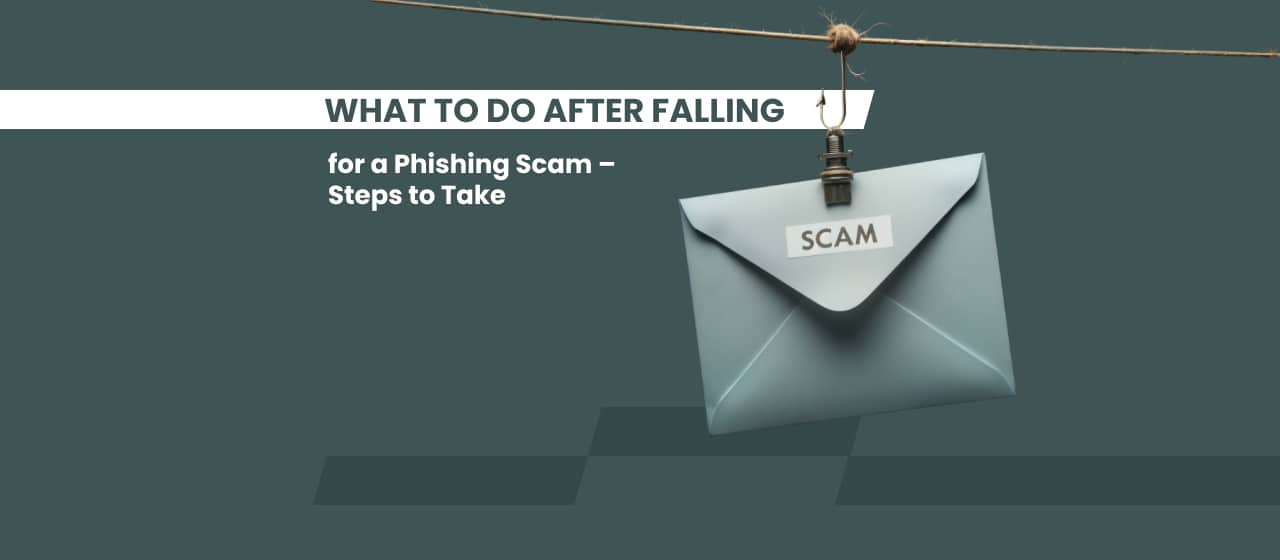How Can I Get a Restraining Order Against My Husband?
Are you feeling scared or anxious due to your husband’s behaviors? If he’s threatened you, stalked you, or otherwise made it clear that you are in danger, then a restraining order could be an essential step toward protecting yourself. In this blog post, we’ll discuss how to get a restraining order against your husband so that you can take back control and feel safe again.
What is a Restraining Order Against My Husband and Why Might I Need One
A restraining order is a legal document issued by a court to help protect someone from physical, sexual, or emotional harm caused by another person. Suppose you feel unsafe in your relationship with your husband for any reason, such as fear of physical violence, fear of harassment, or fear of stalking. In that case, seeking a restraining order might be a good option. It can require your husband to stay away from you, your home, and other places the court specifies in the order.
A restraining order can also prohibit contact between you and your spouse via telephone conversations and emails. Depending on the state’s laws, it may also demand financial support payments such as child support or spousal maintenance. Whatever the circumstances driving you to seek out a restraining order against your husband might be, it is essential to remember that resources are available if you feel unsafe in an intimate relationship.
How Can I Get a Restraining Order Against My Husband?
Seeking a restraining order against your husband can be difficult, but protecting yourself and any children you may have can also be essential. Before passing a restraining order, the court typically requires proof of a history of abuse or a threat of harm. This cannot be easy to provide, and speaking with an experienced lawyer can be helpful.
Depending on where you live and the specific laws in your state, you may also be able to access other resources such as counseling or community organizations. With help from supportive professionals, you can take action and take care of yourself and any family members affected by this situation.
How to Stay Safe and Protected
Staying safe and protected is a key priority, especially in times of crisis. Knowing whom to turn to for help can differentiate between feeling fear and finding comfort. It is essential to stay connected with friends, family, and community organizations who are there to provide support. In certain circumstances, filing a restraining order can also provide an extra layer of protection. Lastly, don’t forget that hotlines are available; you can reach out to the National Domestic Violence Hotline 24/7 should you need additional aid or just someone to talk to during difficult times. All it takes is one phone call to connect with the right people to offer advice and assistance on how best to stay safe and protected.
Summary
The next step toward getting a restraining order against your husband can be intimidating. However, we hope this guide has given you the necessary tools and resources to put the things needed to protect yourself and your family in motion. With ample research, advice from counseling professionals, legal representation, and emotional support, you can decide what steps you should or should take.
Although there is no one-size-fits-all solution, it is crucial that whatever course of action you choose is done, with safety being your priority. If you still have questions, How Can I Get a Restraining Order Against My Husband? Remember that local authorities can provide more information and contact numbers for additional help. Take care and do what is best for you!
Avoid financial mistakes by hiring a forensic accountant for your divorce.







